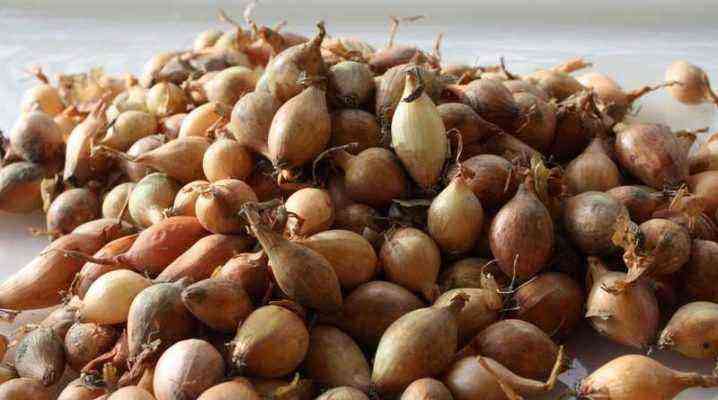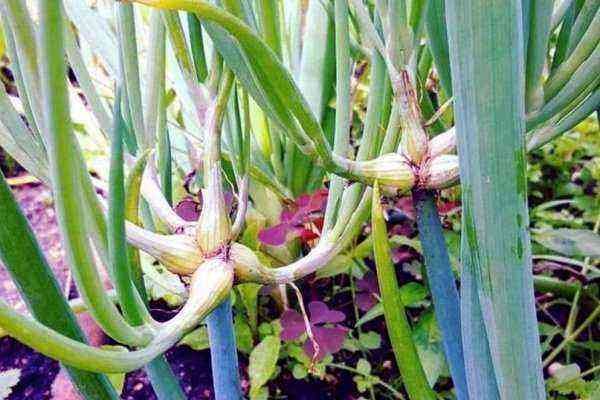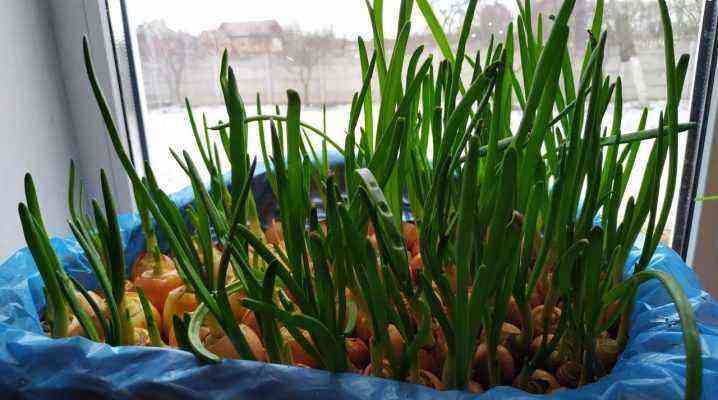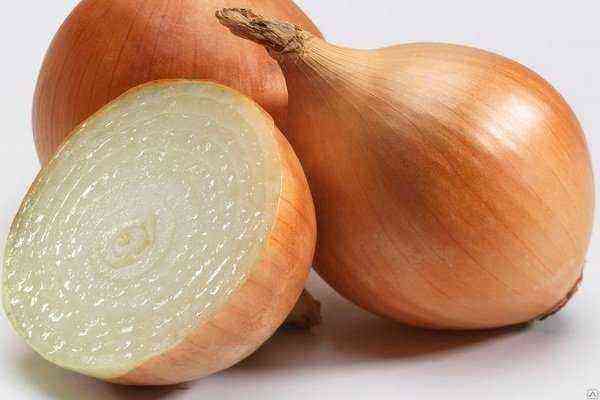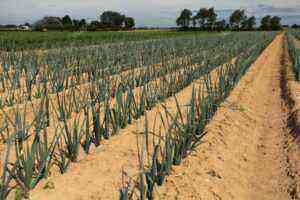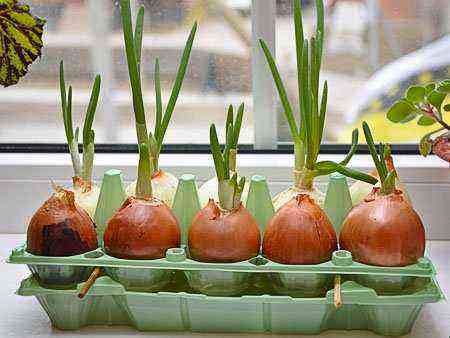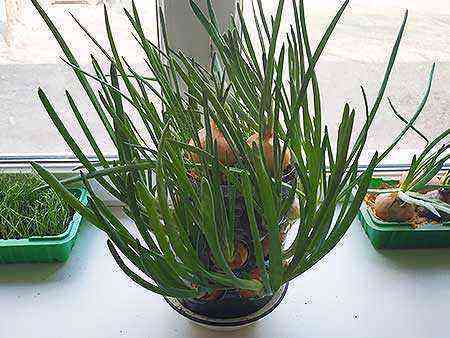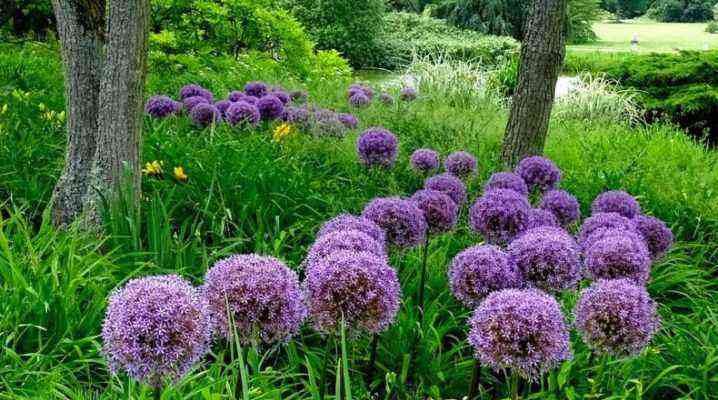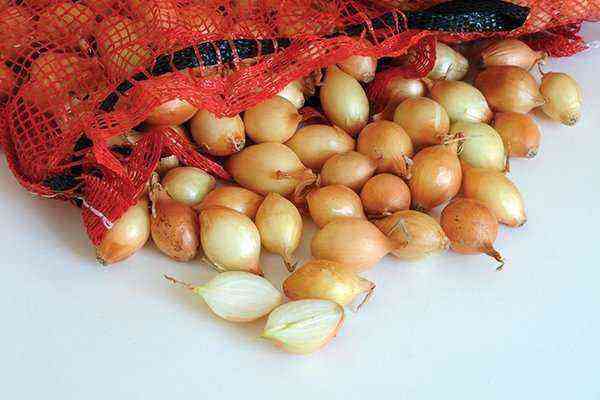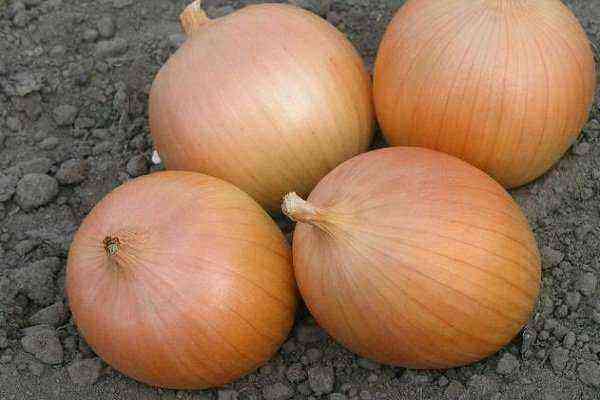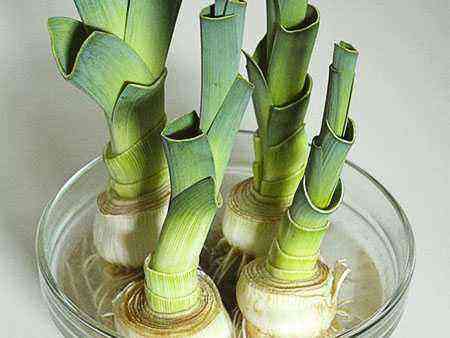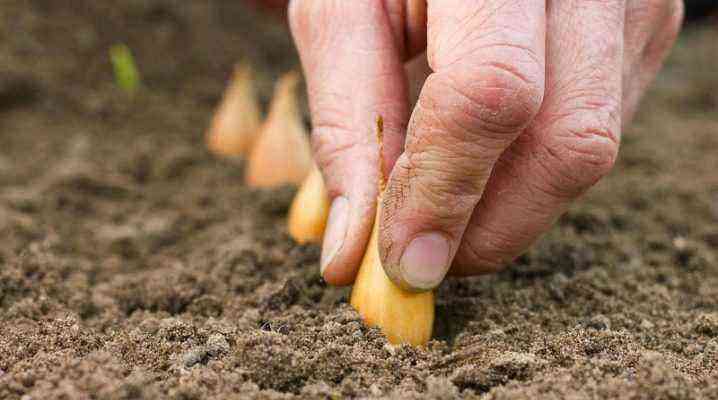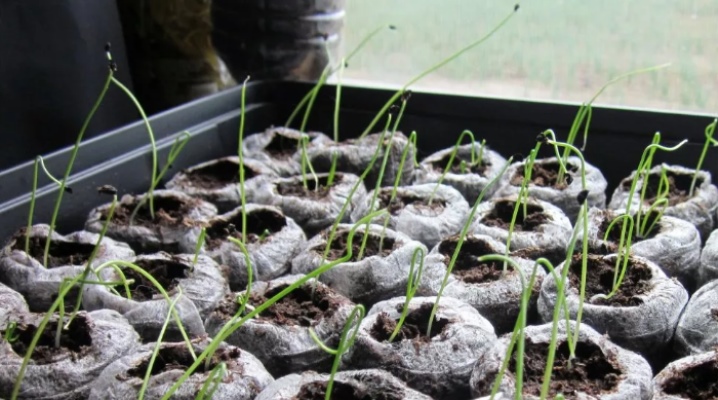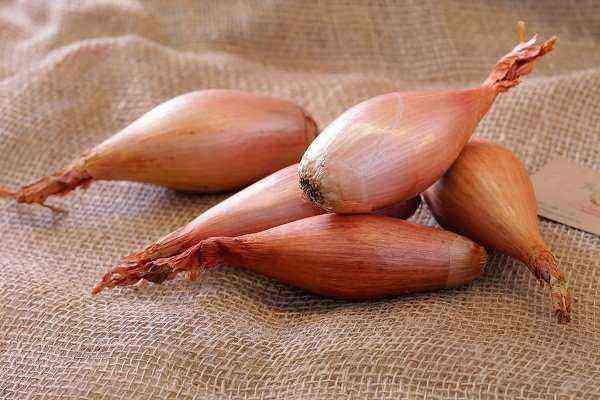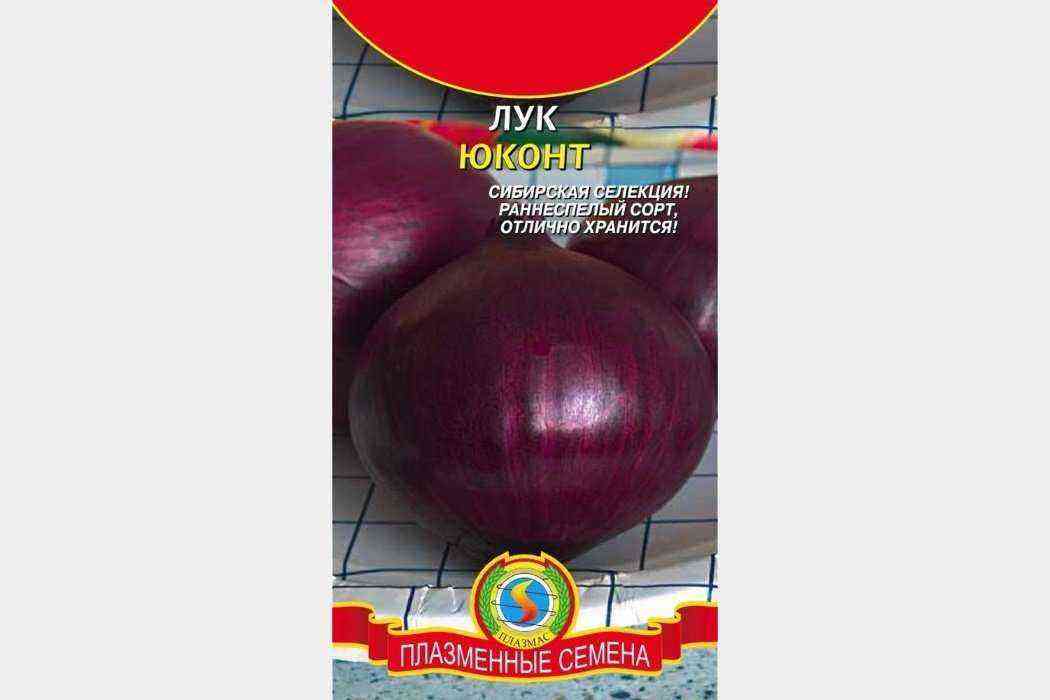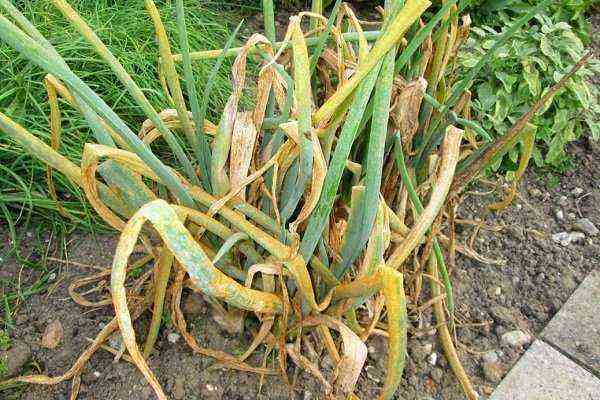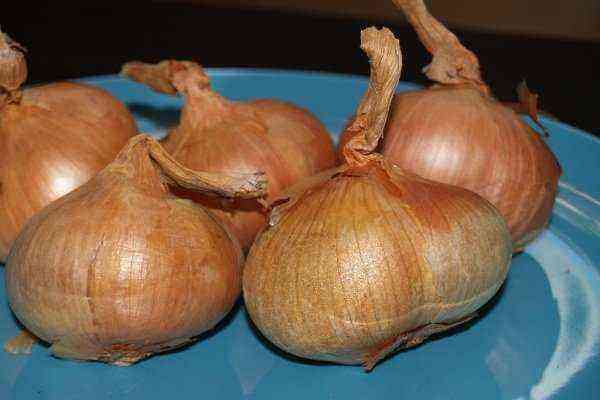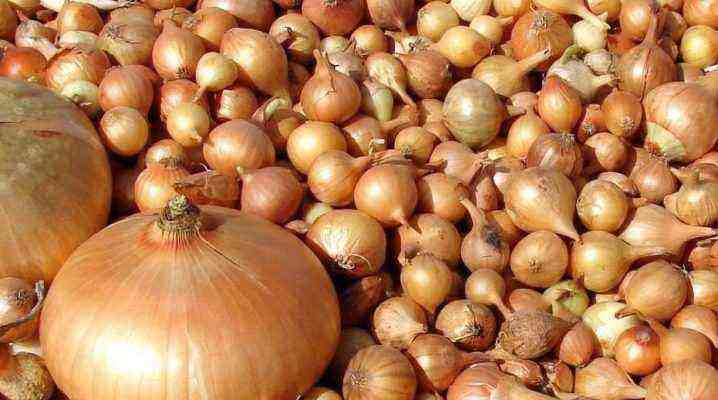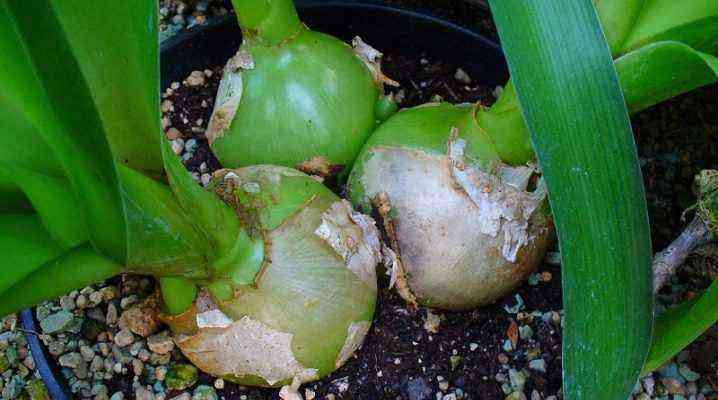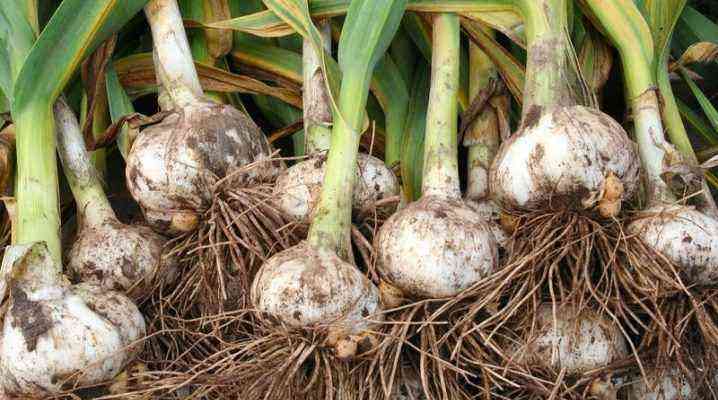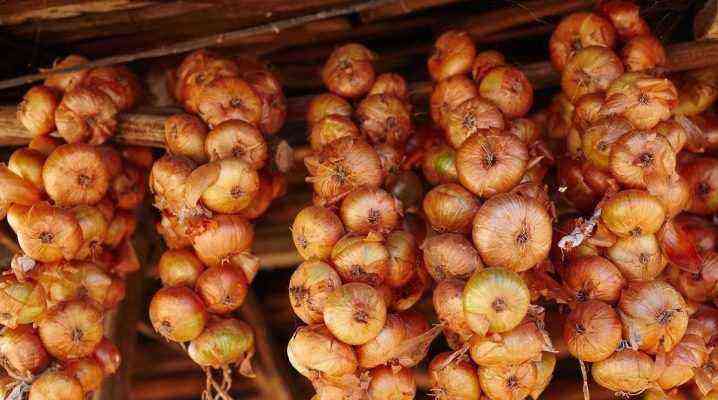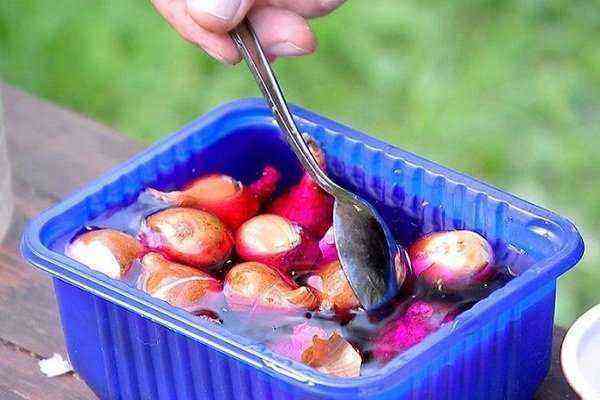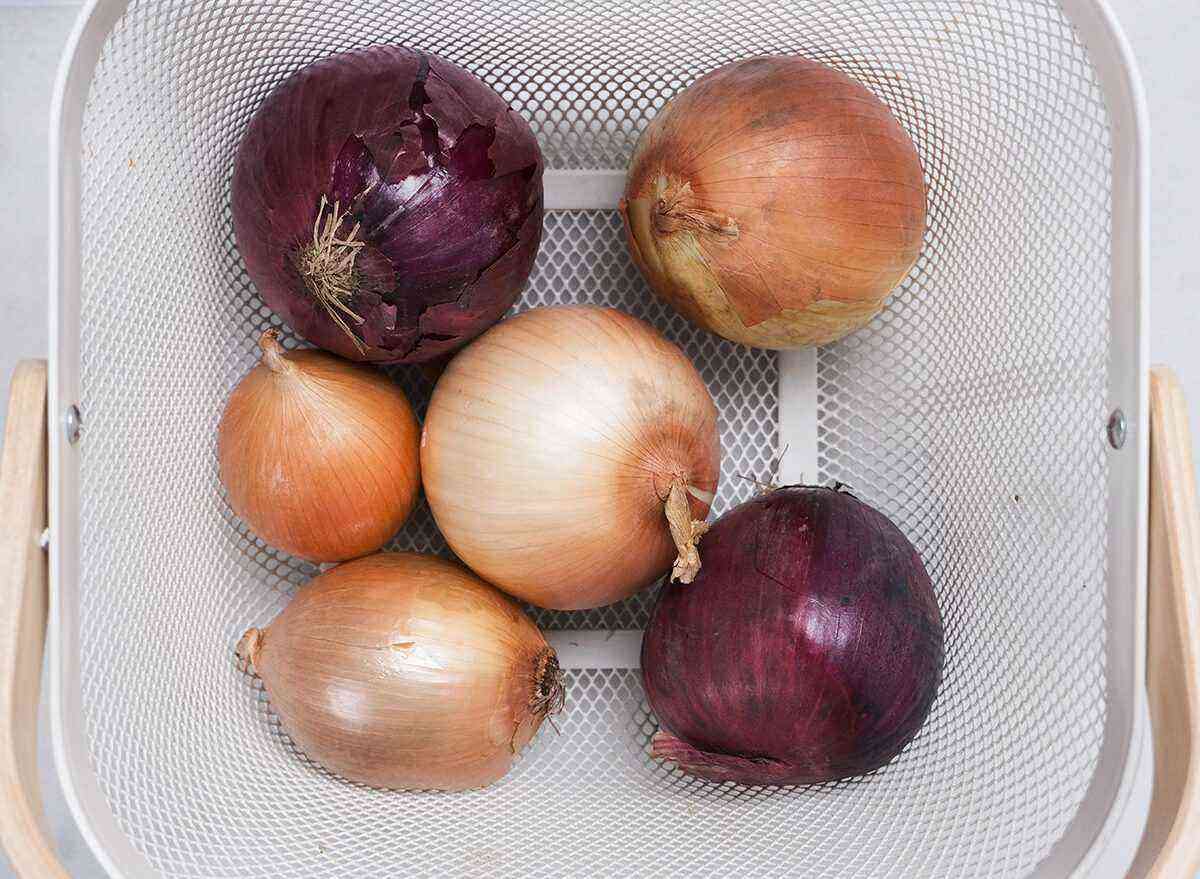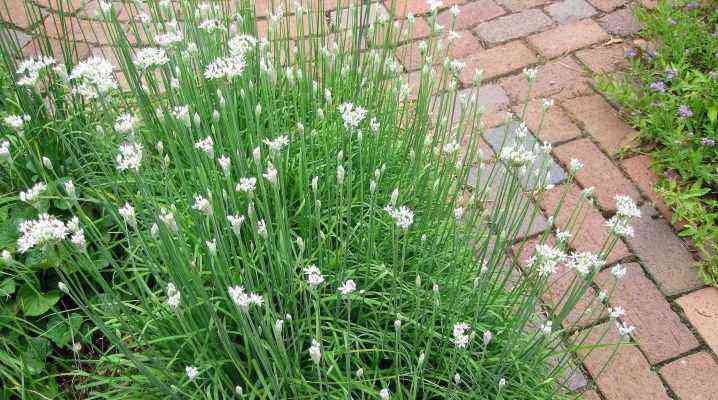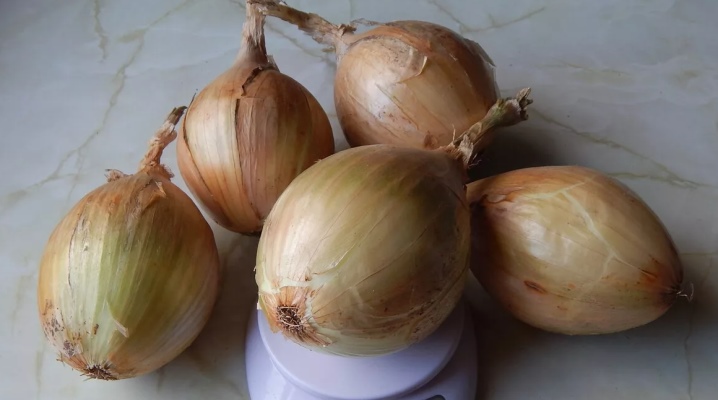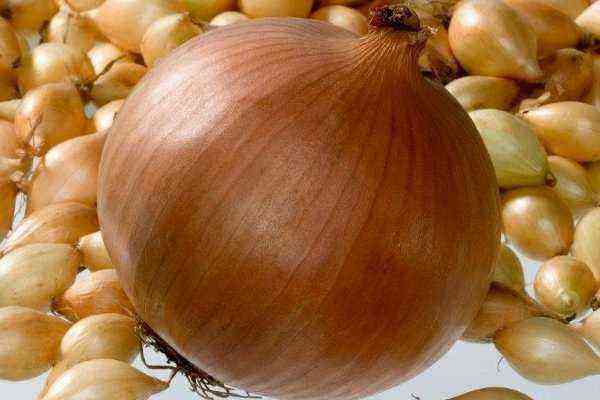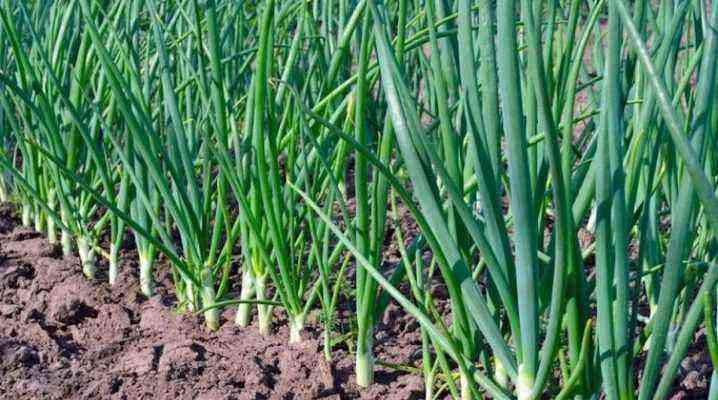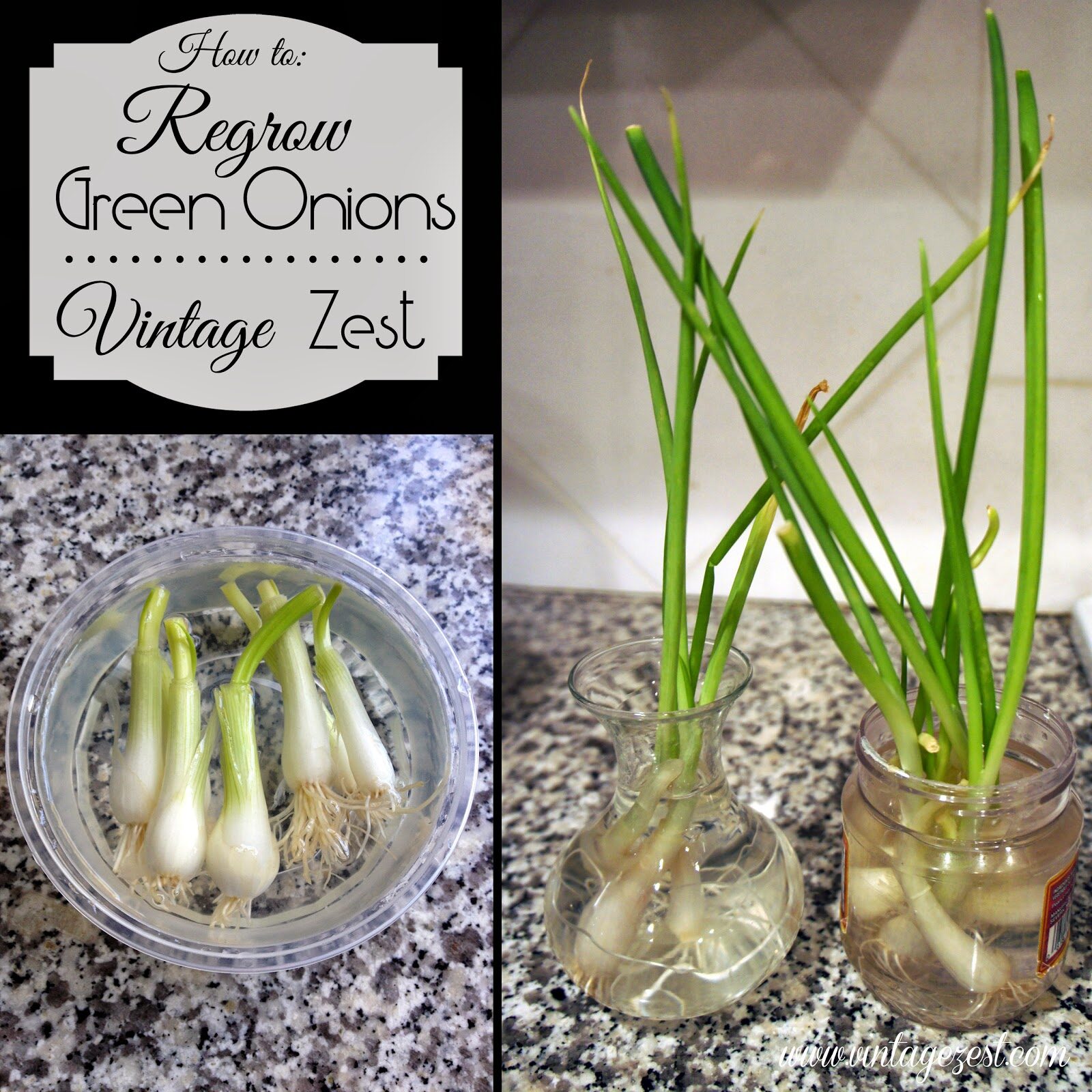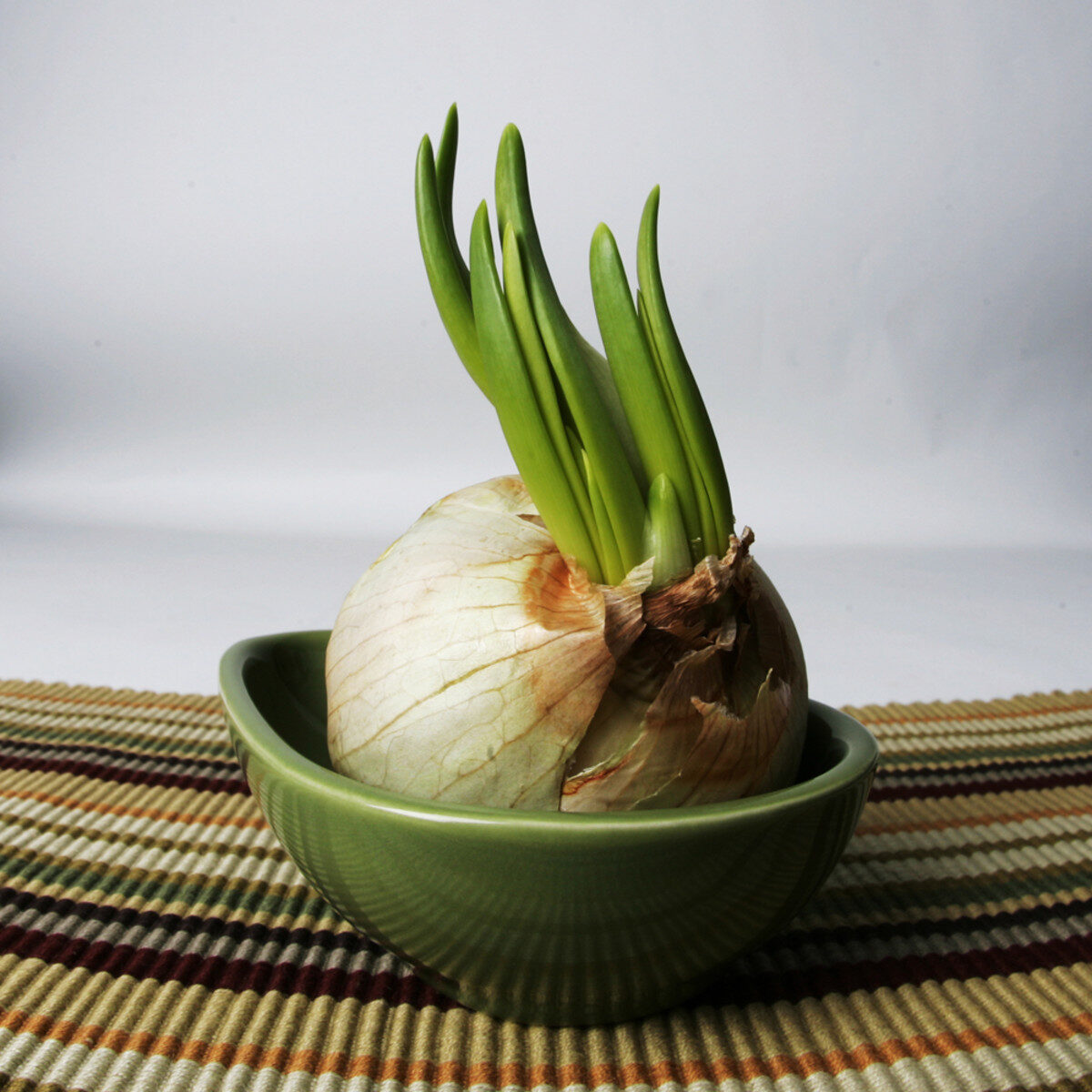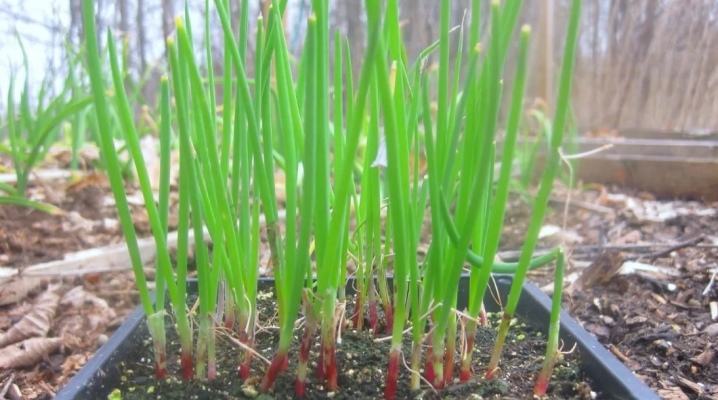
Leek, like similar greens, for example: dill or parsley, often appears on the menu of many summer residents. Caring for it does not require special measures – it is protected from most pests by default, like other bulbous crops. Nevertheless, it is not necessary to launch it by planting and waiting for the young “shooters”.
Deadlines
For different regions, these terms differ markedly. In order for the planting material to be finally prepared for the main period, seeds are planted at home to obtain high-quality seedlings. The age of the finished seedlings should not exceed two months. This means that leek seeds are sown in special mini-containers (cell containers, sour cream packages, etc.) in the same two months. Landing, depending on the region, is carried out from the end of April to the beginning of June. This means that it is required to sow seeds for seedlings in early March or late February. So, in the Moscow region, grown bushes in greenhouse conditions are planted in mid-March, in the vicinity of St. Petersburg, the Urals and Siberian districts – in late March or early April.
Seedlings are planted even in a city apartment – provided that you have your own dacha. In the south of Russia, seeds are sown immediately in open ground – by the end of April.

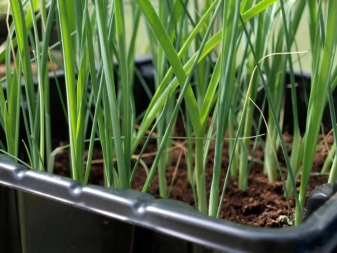
Prepare
Planting seedlings at home involves a strict selection of both the biomaterial to be grown, and the containers, as well as the soil where it will germinate. Significant violations will lead to the fact that the greens may sprout, but you will not wait for the child bulbs, you will not be able to restart this cycle the number of times you need. Growing a crop that has proven incapable of producing new leek seeds or bulbs is not going to please many—not everyone is willing to buy leek seeds every year.

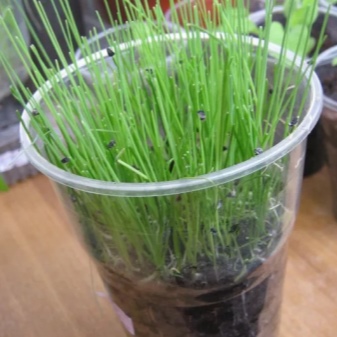
Capacity
Planting leeks will require a meticulous, highly calculated planting decision. If the roots do not have enough vital space, then the seedlings may be too weak and small. If the roots were injured, then they will take root after transplantation for a long time, and precious time to obtain a high-quality crop and seed (bulb) material will be lost. Picking is not allowed. Decide in advance what size container is suitable for this type of onion. If it turns out to be of insufficient volume, then forced picking can destroy your planting biomaterial. So, sowing in plastic cups (you can take disposable ones) will be useful.
A special place in the list of possible dishes is occupied by peat cells, in which tablets from similar raw materials are laid. The volume of the cell or glass should be at least 100 ml – for each of the seeds. The depth of the glass or cell is at least 10 cm.
Despite the fact that the leek has a fibrous root system (without a central thick root with shoots), the underground part tends to penetrate as deep as possible by default. It is necessary to create all conditions for this.
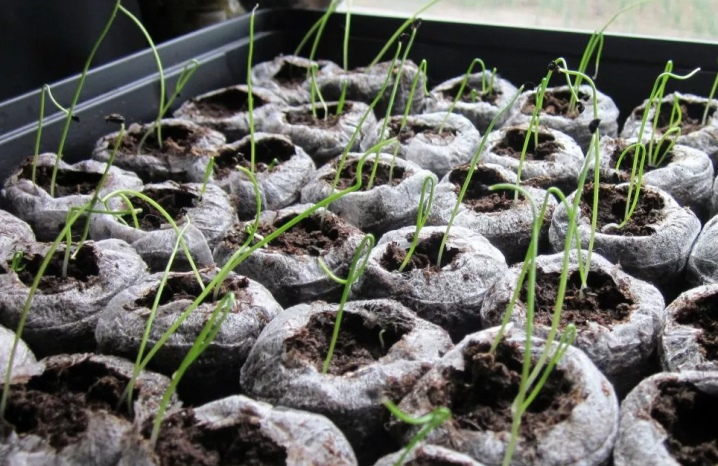
Ground
The bottom of the glass or cell should have at least one or more drainage holes. This will not allow the roots to suffocate due to the waterlogging of the soil, the lack of free oxygen in it due to the displacement of air by water. Peat tablets perfectly pass moisture and initially represent a highly porous organic material: they do not need to drain moisture from the tank – it evaporates no less well from above.
If ordinary black soil is used, without peat – or with a minimum amount of it, then it must be heated in an oven at 100 degrees to kill pests (spores, fungi, microbes). At a higher temperature, it is not recommended to ignite it: organic matter will burn and turn into mineral fertilizers. The soil mixture should be light, nutritious, loose – leeks cannot grow in a compacted mixture. Fertilized sand or humus-saturated clay will also not work – too dense, as well as too light, the soil medium is unsuitable for growing onion crops. The soil should not be acidified – if the analysis for acidity (pH) showed an exorbitant pH value (this is done using an electronic analyzer), the soil should be “alkalineized” by adding, for example, a little urea or slaked lime. This is one of the many ways to feed him. The best soil composition is peat, humus, soil from the site and sand (3: 1: 1: 1 ratio). If there is no peat, then use biomaterial from a three-year-old compost heap.
Leek also does not sprout on podzolic or chestnut soils that have been depleted by the harvest of previous plantings.

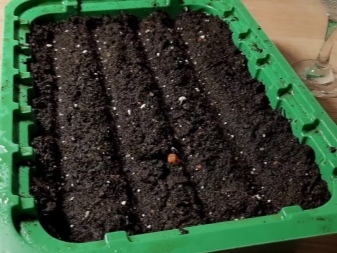
Planting material
Weed out empty seeds in advance – they float in water, while “full”, viable ones sink. It is not recommended to use seeds that have been overexposed during storage – their aging period should not exceed three years. After this period, most of them die. Do not purchase seeds even at a very large discount: this often hides a large number of “defective” seeds – you will not receive any benefits. Fresh leek seeds can be sown without pre-treatment. Some summer residents disinfect them in a weak solution of potassium permanganate (no more than 1%).

How to sow seeds?
The scheme of actions for planting leek seeds is as follows.
- Scatter a small drainage layer on the bottom of the container, for example: perlite, fine expanded clay (but not clay from which expanded clay granules are made), no more than 1,5 cm high.
- Pour soil or potting mix into each of the mini containers. You can not fill them to the top – the level difference between the rim of the glass (or cell) and the soil surface is at least 1 cm.
- Water the poured soil. For this purpose, either a sprayer or a capillary is used, connected to a container into which settled (not boiled) water is collected.
- Use a match, a toothpick, the end of a teaspoon or other similar object to dig a small hole no more than a centimeter deep. Place one seed in the hole and carefully bury it. Water this place again so that the soil settles where the seed is planted – this will force out the remaining air that would prevent the sprouts from rising. Repeat these steps for all cups (or cells) with other seeds.
- Place your “battery” in a warm and well-lit area. You can close the cells, for example, with glass or transparent plastic: this will prevent water from evaporating from the soil the next day, because it should remain damp. If you plant leeks in a common container, for example: a pot with holes or in a box, then the distance between the seeds is about 2,5 cm in any of the four directions. It doesn’t matter how the seeds are planted: in a “snail”, in a checkerboard pattern (zigzag), the distance between them should not be less than 2,5 cm.
For peat tablets, the sequence of actions is slightly different. Pressed peat washers are placed in the container – and slightly wetted. After an hour, they will soften – similarly, open the holes in them to the same depth, plant the seeds in the holes formed and bury them by watering these points on the washers again. Remove the container with cells in a safe and bright place. It is impossible to dive a leek – it does not tolerate these manipulations well.
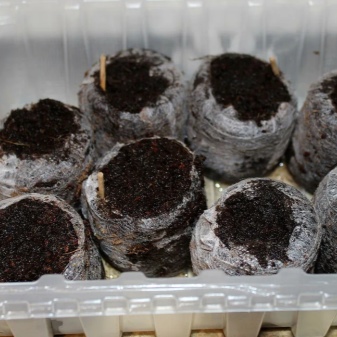

How to care for seedlings?
Having coped with the landing, after a few days you will notice that the onion has given its first shoots. Having found that a sprout has hatched from a seed, you can remove the glass or plastic with which all the planted seeds were covered – this barrier will prevent them from growing further. If it is important for you to retain moisture without resorting to the need for frequent watering of the seeds, then you can use, for example, an upside down aquarium mounted on a sheet of rubber. On this leaf, in turn, there is a container with seedlings. The disadvantage of the method is that before each watering, the aquarium (or other sealed transparent box) must be removed to gain access to your seedlings. It is recommended to pour water not under the root, but on the edge of the cell or glass – this will help prevent the roots from washing away.
But in addition to timely watering, top dressing is carried out to accelerate the germination of seedlings. You can use approximately the same fertilizers as for feeding adult seedlings: slightly diluted compost and urea, potassium, phosphate and nitrogen salts. The dosage is ten times less than for adult plants. Do not overdo it – “overfeeding” is not good for leeks. Due to the fact that the dissolved fertilizer is used at a concentration of no more than 1–2%, top dressing is combined with one watering session. Once a day, in order to avoid the formation of mold (its spores are always in the air, even in small quantities) or fungus, ventilate your mini-greenhouse for 20 minutes: relative humidity close to 100% is no less harmful than overdrying the soil.
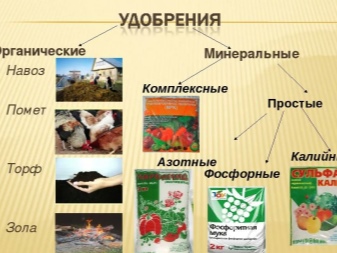
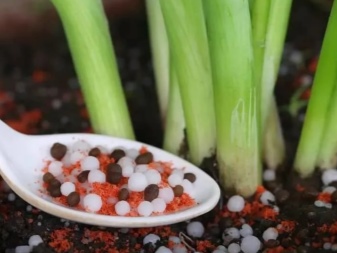
On cloudy, gray days, when there is little sunlight, and the day is shortened by more than an hour, and the illumination drops by 3 or more times, use LED backlighting. Sunlight can be fully simulated by the glow of warm white LED panels with a small number of other LEDs emitting “soft” (low frequency) ultraviolet. Don’t skimp on backlight brightness. A powerful LED spotlight, in addition to bright light, produces a small amount of heat – this is useful when the temperature on the loggia at night is below +18, in this case, solar heat is simulated. The growth period of leek seedlings rarely exceeds 60 days.
If the capacity of the container allows, then as the seedlings grow, a little earth is poured into it. This hilling allows the bulb to form properly. If the soil initially did not correspond to the parameters of a complete nutrient medium for seedling germination, then the number and intensity of feeding sessions are somewhat increased. Particular attention is paid to potassium-, nitrogen- and phosphorus-containing salts.
Two weeks before the start of planting, so that the seedlings do not die in the open field (or in the greenhouse), they use the so-called. hardening of young plants. In the morning and in the evening open the window – for a couple of hours. As the average daily temperature rises, the seedlings spend more and more time with the window open.
Partial pruning of onion leaves is also practiced – this measure will allow you to take root faster and better after transplanting to an open place.
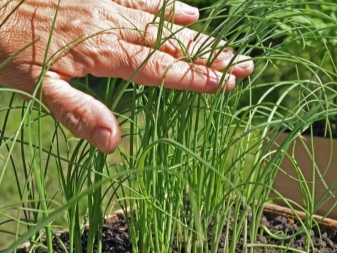
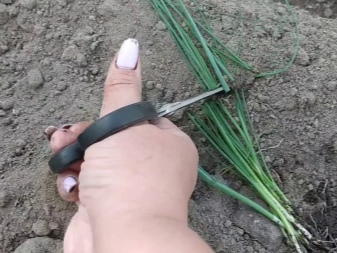
How to plant in open ground?
There are several rules for planting leek seedlings in “full” soil.
- Wait until the young seedlings have 3-4 full leaves. This phase corresponds in time to the 60-day age of plants ready for transplantation.
- Planting time is chosen, guided by the local climate, which has its own temperature regime. In the Urals, for example, leeks are planted at the beginning of the calendar summer.
- Prepare the future garden. The soil must be loosened, weeded. The acidity of the soil is chosen neutral (pH = 7). In addition to lime, dolomite chips and chalk are suitable for deoxidation.
- It is desirable that in previous years legumes, tomatoes, cabbage, potatoes, celery grow in this place. Green manure will provide good protection against pests. Beets, strawberries and carrots are good neighbors for leeks.
- Planting depth – along the lower edge of the roots – about 12 cm. The distance between the seedlings is approximately 18 cm. The row spacing is 35 cm. At the bottom of the furrow or holes, wood chips mixed in half and overexposed compost are placed.
- After planting and watering, the leaves are trimmed no more than a quarter of their length. If you do not forget to cut them right away, then this allows the plants to take root faster. The second time to cut the leaves – until harvest – is not necessary.
- If necessary, add more earth – after watering, it settles and compacts by itself. If the plant is watered abundantly and the soil immediately sags, then there is no need to trample it down.
By following these instructions, you will get a bountiful harvest of leeks. When the year turns out to be abnormally cold, despite the predictions of weather forecasters, it is recommended to build a full-fledged greenhouse, the soil in which can be warmed up with a heating cable – on days when the temperature during the day is below +16, and at night it can drop to zero. Although leeks and bulbous crops are less demanding on soil heating, they grow already at +8 … +10 (and not at +16, like, for example, pumpkin), an excessive drop in temperature in the morning can ruin all your bulbous plantings in the bud.
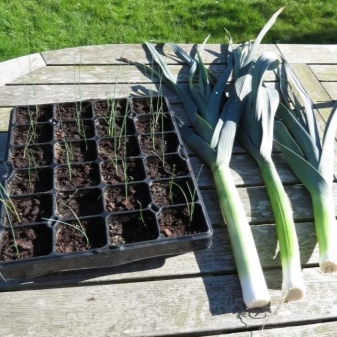
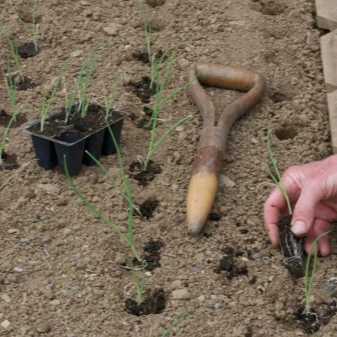
Aftercare
Caring for mature plants is not much different from caring for seedlings.
- It is necessary to feed the beds with inorganic fertilizers and mulch (chopped grass, chopped peelings), use diluted mullein or droppings. It is not forbidden to use human waste, previously processed and overexposed (for example, urine). Before use, any compost is diluted to a state of slurry, the strength of which does not exceed 2–3%, otherwise onion roots can be burned. The number of dressings – no more than 3 per growing season.
- Hilling leeks produce up to 4 times – like potatoes. If this is not done, then the bulbs will remain small.
- Loosen the ground around the plants every 10-12 days.
- Water consumption for each square meter of leek plantings – no more than 10 liters.
These rules will allow you to get a good harvest accurately and on time.
Diseases and pests
Agrotechnics for growing leeks is no more difficult than similar cultivation of onions. Despite its bitterness and phytoncides, which are contained in plant sap, leeks also have plenty of pests. Mosaic aphid infects the considered vegetable crop mainly in the summer months. The indicator of damage is oblong yellow spots. Rusty disease (yellow-orange spots) and powdery mildew (oval grayish spots that grow in size) make onion leaves inedible.
Of the chemicals, copper oxychloride, copper and iron sulfate are used. As advanced measures – seed treatment before sowing, relocation of various crops, they will not allow pests to start in a permanent place.
The onion fly hatches larvae in the middle of the main stem – hatched from eggs, they penetrate into it from the surface. The affected stem looks rotten after a few days. Ash and tobacco dust allow gardeners to get rid of this pest. An alternative way is to use ground black pepper. Spray a teaspoon of it on a square meter of the site, and this fly will hatch before it has time to spawn larvae. Also, tobacco is diluted in 10 liters of water, the mixture is boiled and insisted – then the area is sprayed. By planting celery between rows of leeks, you block access to many pests.
